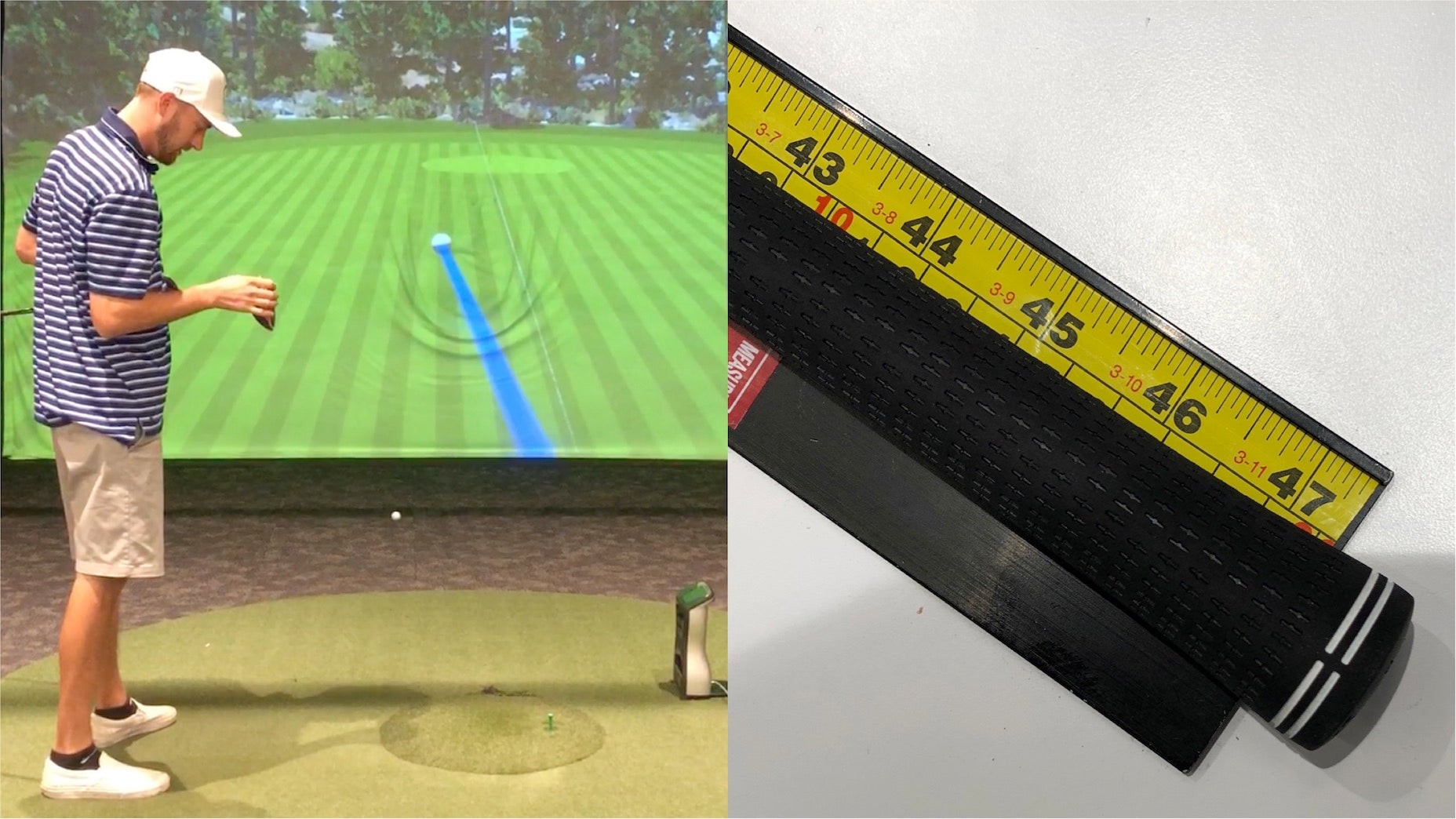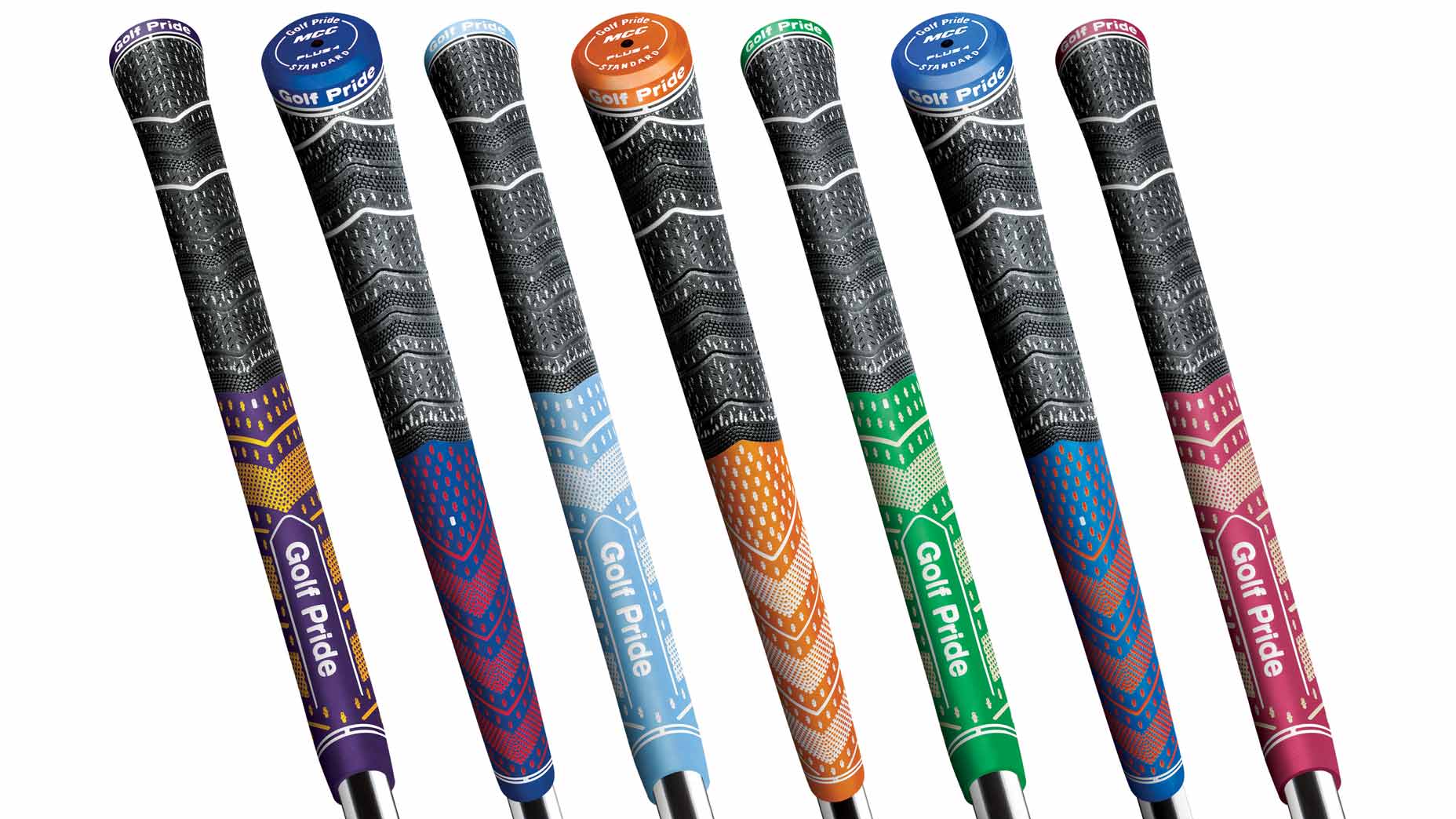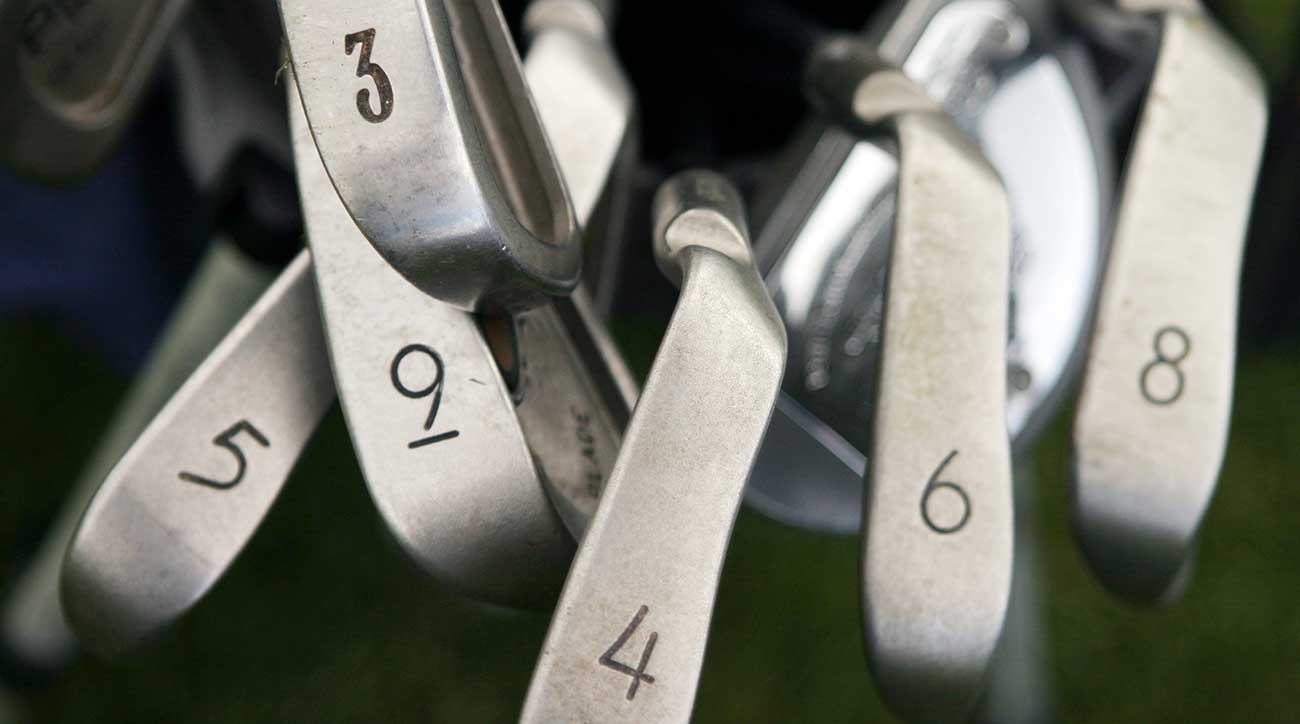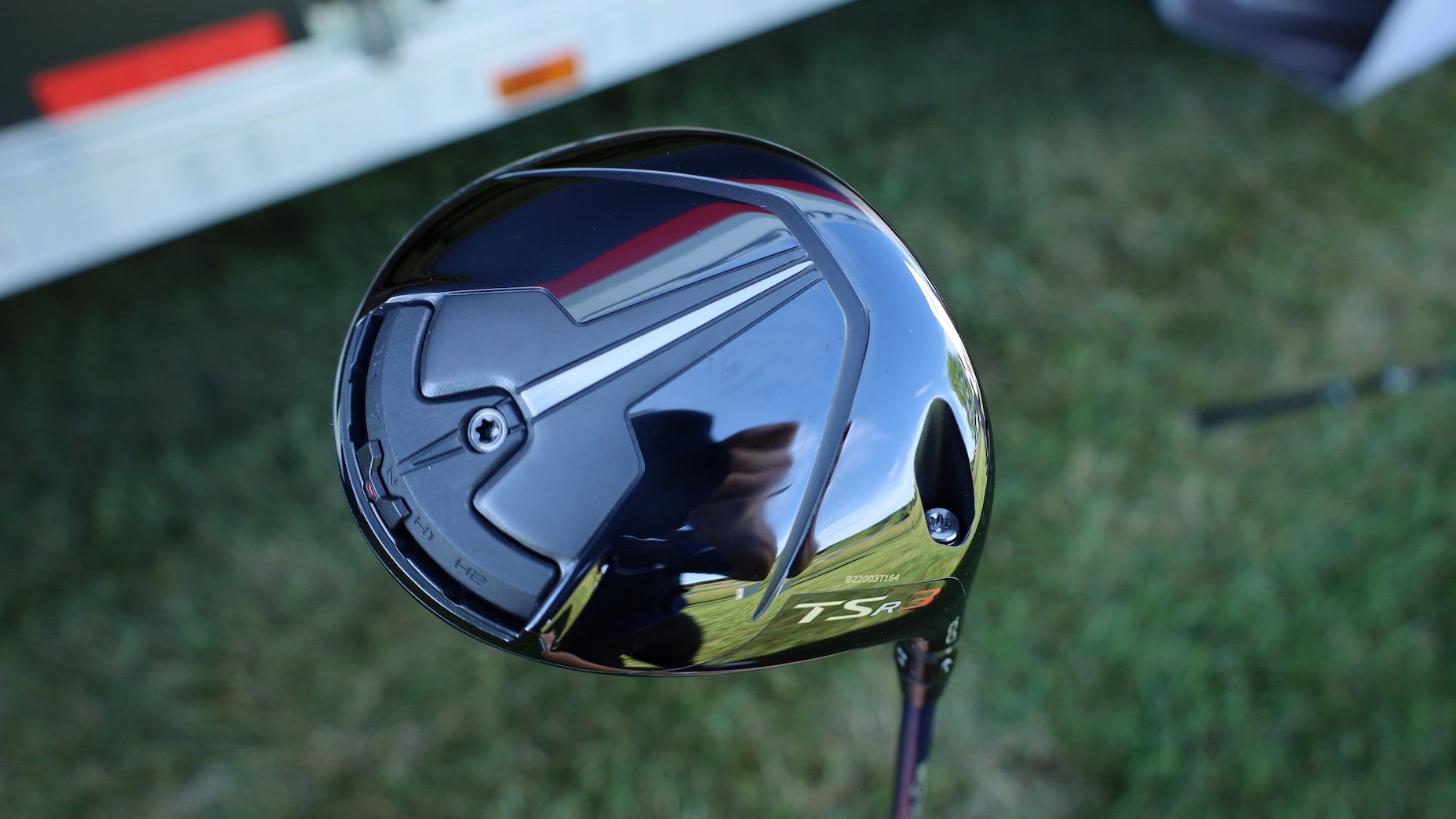Phil Mickelson and Brooke Henderson will need to make new driver plans for next year. With the USGA and R&A placing a cap on driver length via a new local rule, which is slated to go into effect in 2022, professionals and elite amateurs will no longer be allowed to use a driver in excess of 46 inches — the current limit is 48 inches — at events that choose to implement the rule. (The PGA Tour and LPGA both announced a driver length limit will be in place in 2022.)
Assuming a pro is using a driver over 46 inches, they’ll need to work with an equipment technician to get the driver build under the legal limit to make it kosher. The USGA and R&A haven’t announced if they plan to measure the length of every driver in the field prior to the start of competitive play, but it’s safe to assume they’ll have someone on-site to ensure everyone is playing by the same rules.
‘I don’t really agree with it’: Pros sound off on 46-inch driver length limitBy: Andrew Tursky
Unlike the PGA Tour’s current driver testing protocols — overseen by the USGA — measuring the length of a driver build at a tour stop is far more cut-and-dried. Or so you’d assume. According to True Spec Golf’s VP of Tour and Education, Kris McCormack, “unless you’re using the exact same measuring device at every single event, there’s going to be discrepancies.”
“There is no machine out there that measures exactly the same every single time across the board,” McCormack said on GOLF’s Fully Equipped podcast. “Depending on how you measure, there’s companies out there that will measure a golf club differently than another company. So you may take a TaylorMade golf club, measured at TaylorMade, and it comes out at 45.75 inches. Now you take that club up the road to Callaway and it measures out at 46.125 inches on their device.
“It’s just interesting that, as of right now, there’s not a standardized way to measure anything. Just like there’s no industry standard for flex, loft, grind or bounce — or how you measure any of that. It begs the question of if you’re going to do these restrictions, what’s the accepted, uniform way to measure.”
The USGA hasn’t confirmed how they plan to measure each club, but according to McCormack, it won’t be as simple as having a different machine on-site at each event, especially if a golfer is using a driver that’s within a quarter-of-an-inch of the 46-inch length limit.
“They’re going to have to come up with something,” he said. “Even in our [True Spec] studios, we use Mitchell machines, which are essentially the gold-standard benchmark of how to measure golf clubs, and there’s discrepancies and inconsistencies from Mitchell machine to Mitchell machine. So whether it be digital or analog, there’s a lot that goes into the human influence of how you actually put the golf club in the rig to measure. You could have three people measure the same club and potentially get three different measurements.”
Here’s what happened when 2 normal golfers tried out 48-inch driver shaftsBy: Jonathan Wall and Andrew Tursky
It’s a potential headache that will no doubt need to be figured out before the first event of the tour season. In the end, it all comes down to the human element and how the club is placed in the “rig.”
“Visually, if we were to put a golf club into a loft and lie machine, and how we set it up to where the scoring lines look square, the sole sits square, the face sits square, and how we start to measure that. Our visual perception of what square is could be different between the three of us,” McCormack said. “There’s always a little bit of human element involved with these different measuring devices. That’s why most OEM’s will use a digital bullseye machine — they literally put the club into the machine, press a button and there’s no human involvement when it comes to measuring where that golf club is in relation to the measurements it produces.”
It’s possible a driver could measure out at a different length with two different manufacturers, but with the USGA and R&A looking for new ways to curb distance, you can bet they’ll be taking potential length discrepancies into account before the calendar turns to 2022.
Want to overhaul your bag for 2021? Find a fitting location near you at GOLF’s affiliate company True Spec Golf. For more on the latest gear news and information, check out our latest Fully Equipped podcast below.












